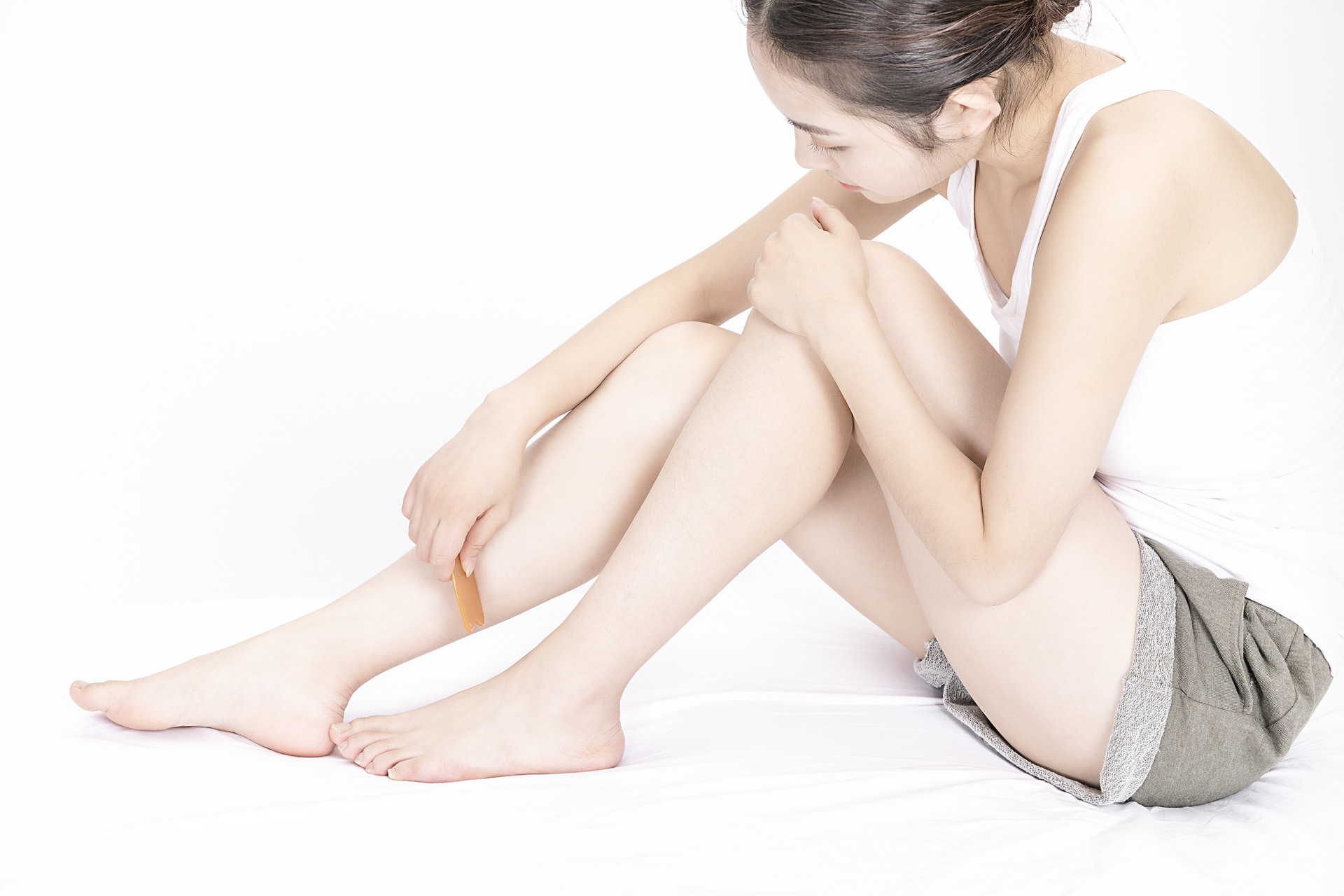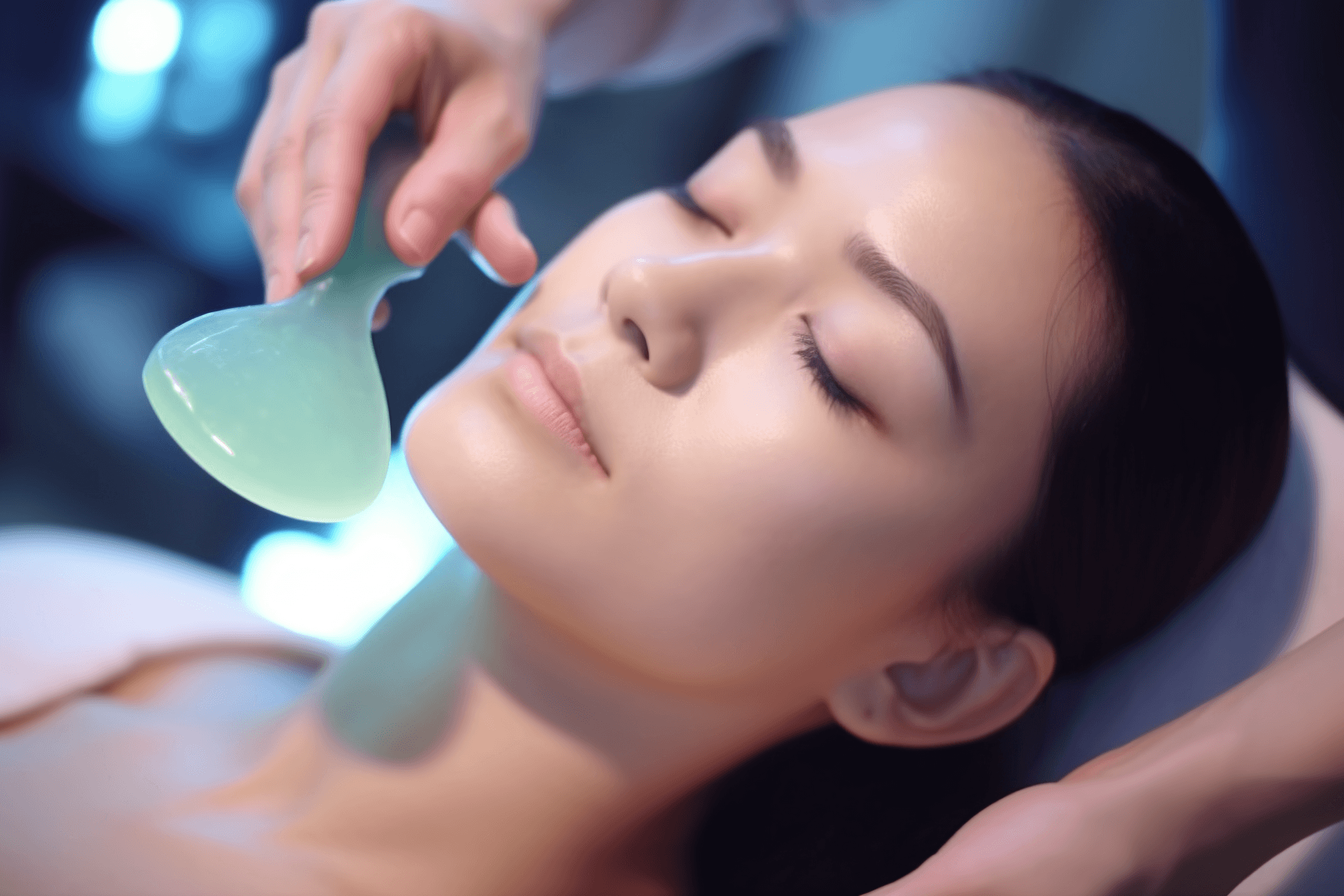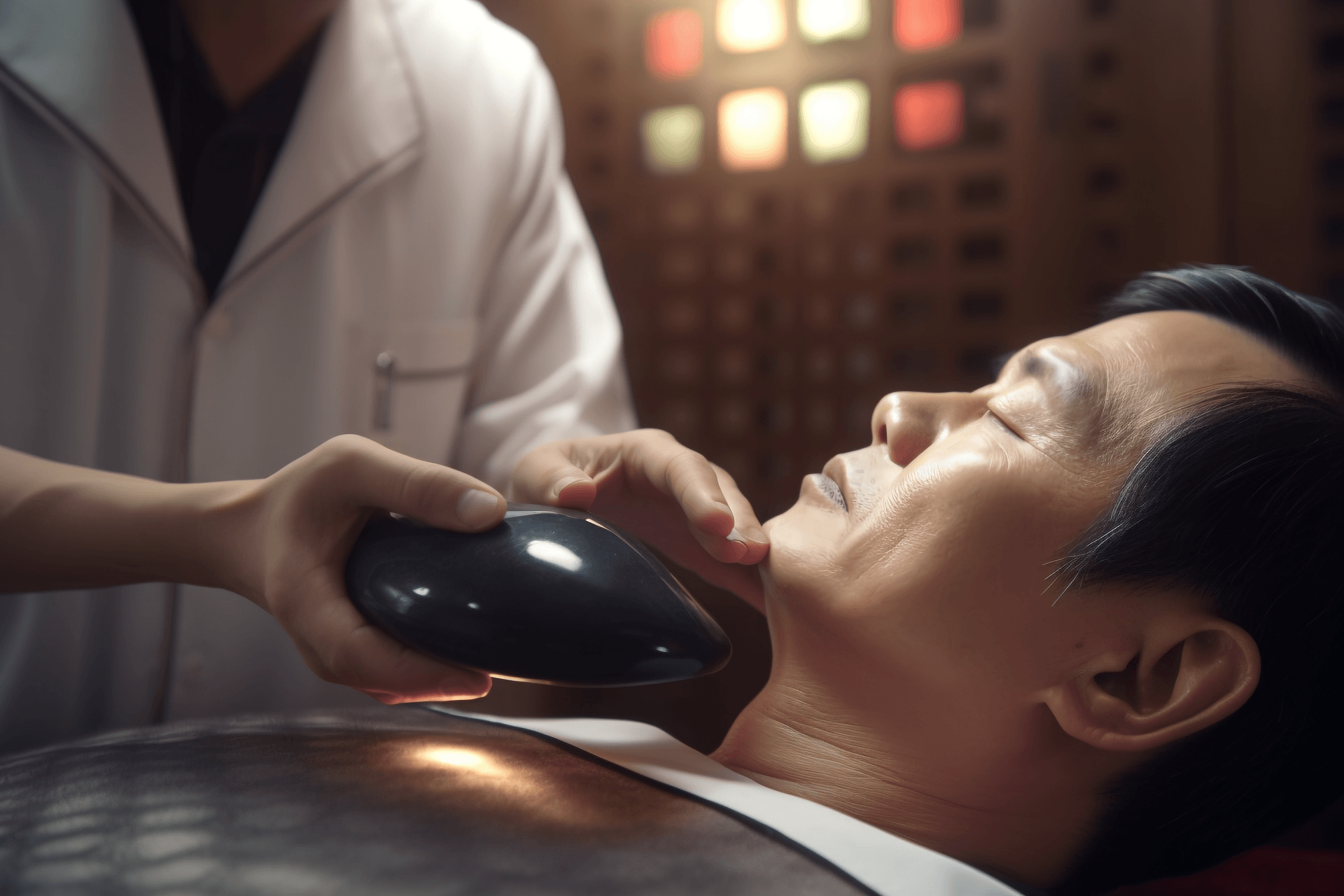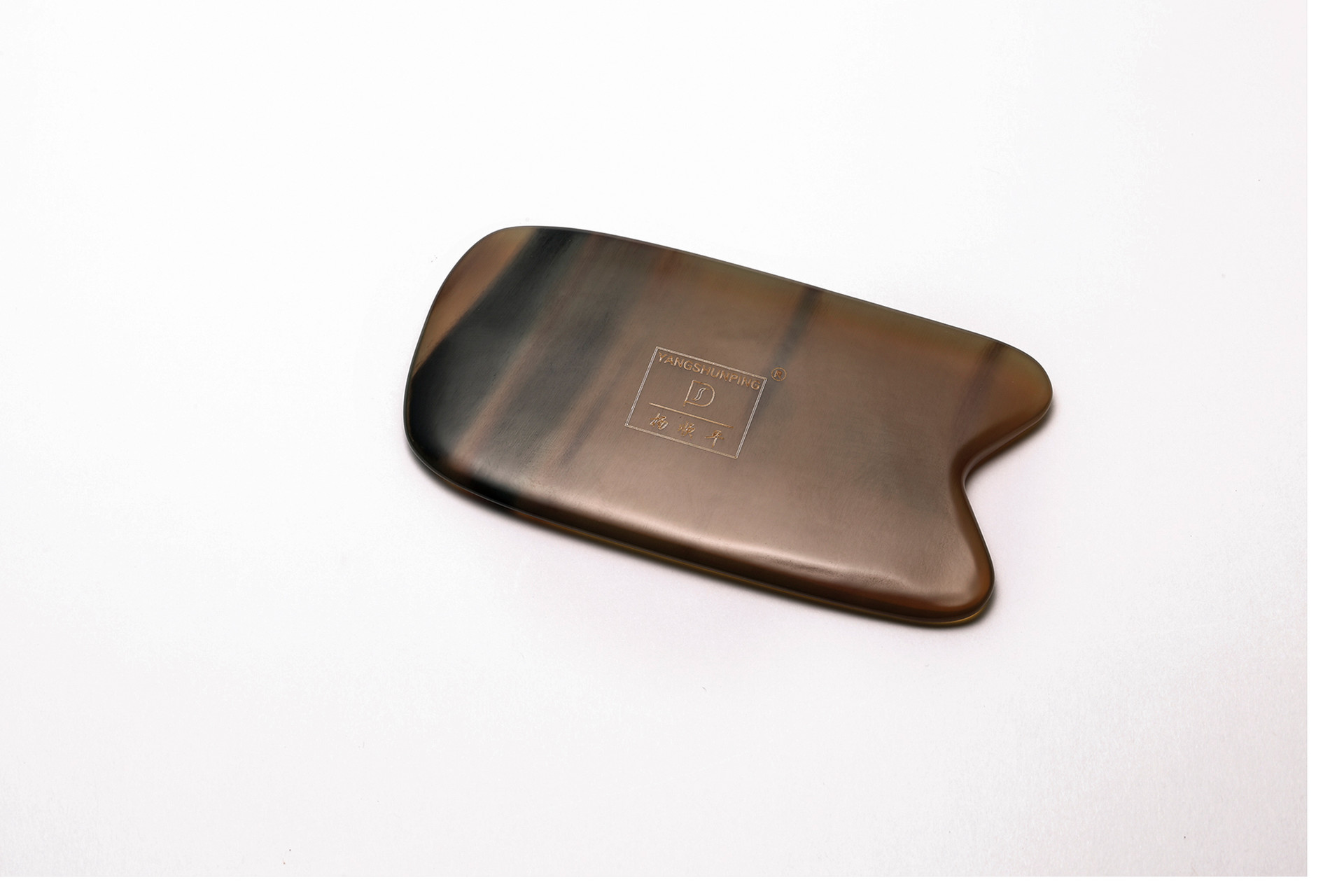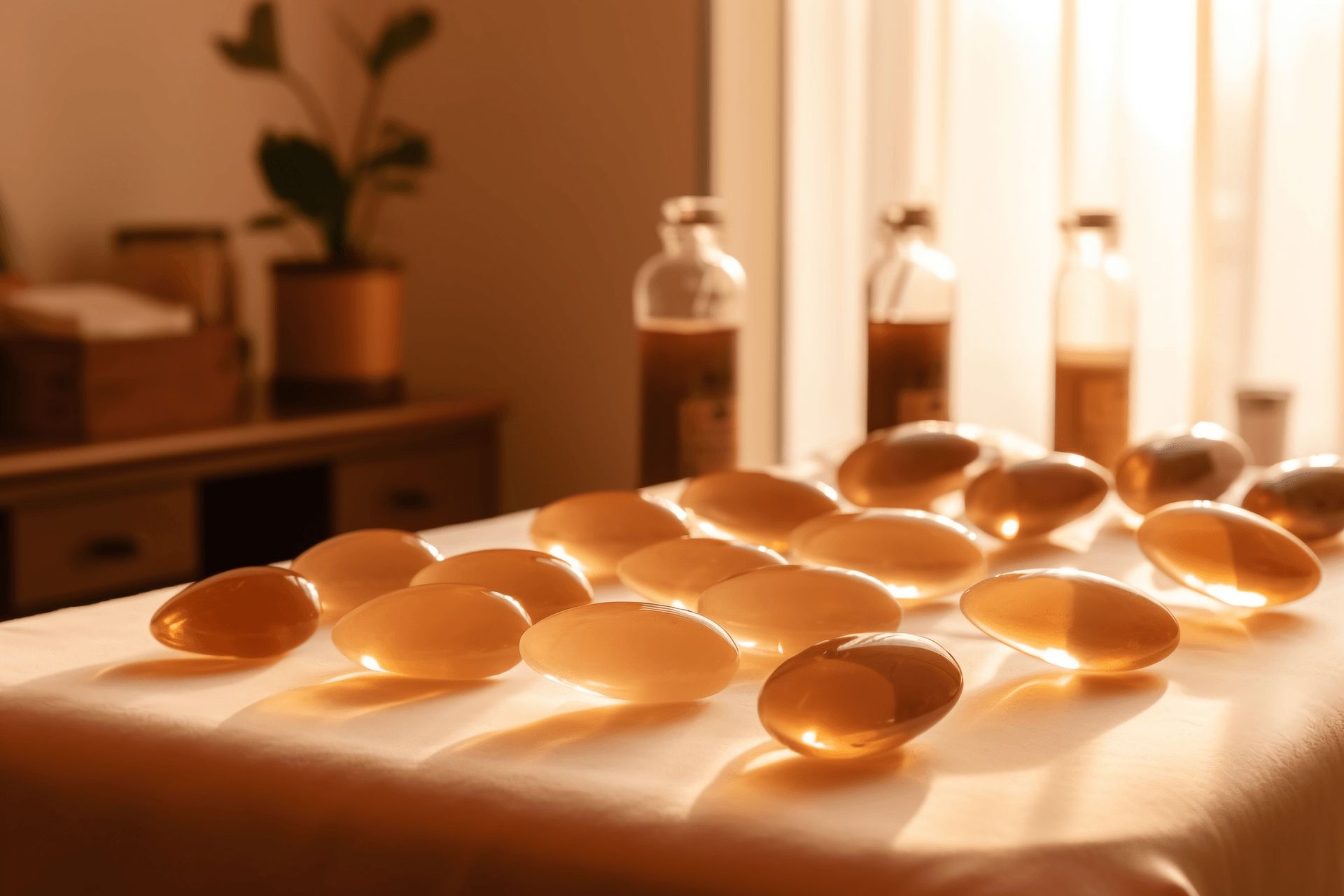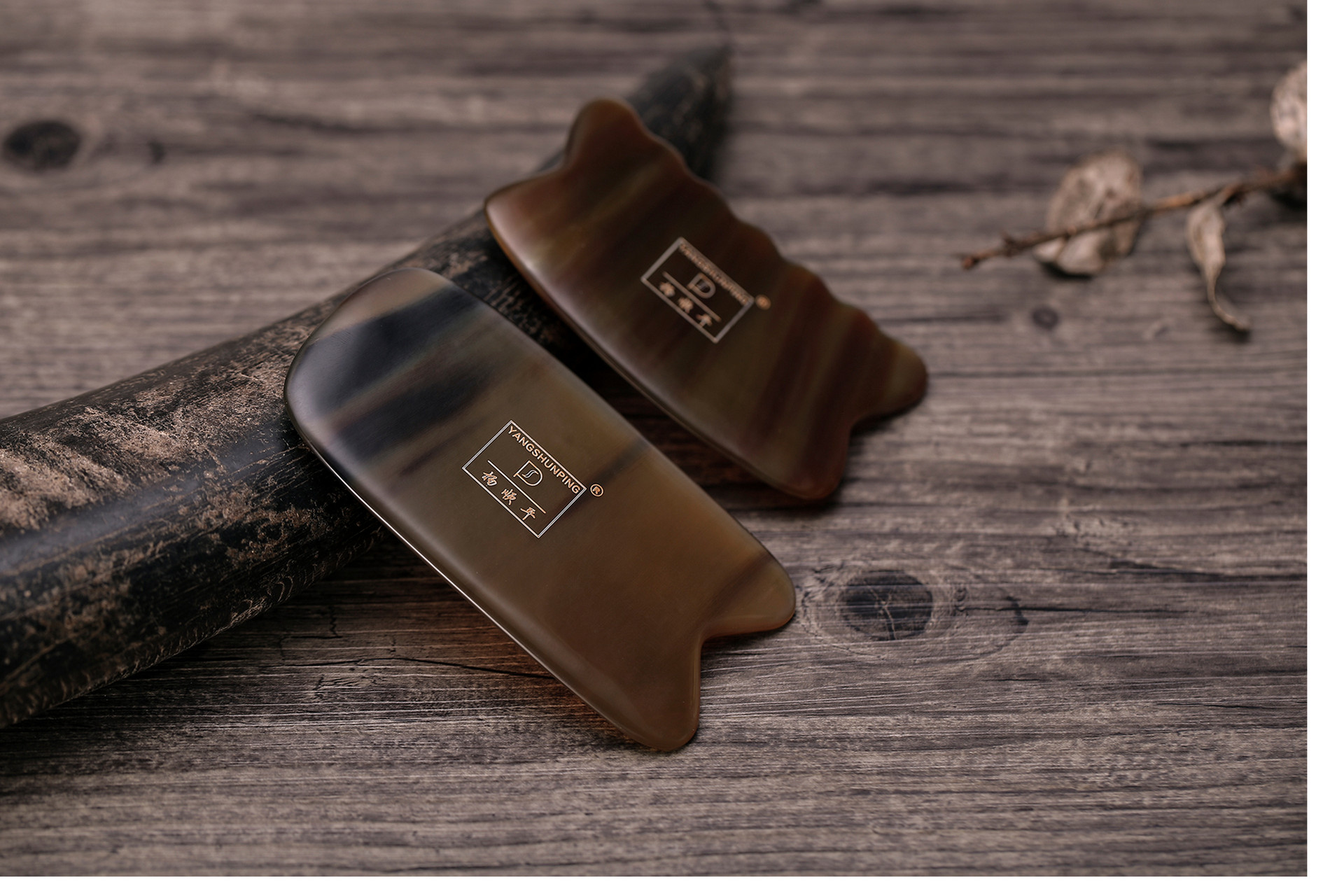Scraping can be said to be a common traditional Chinese medicine therapy that we often see in our daily lives. Scraping involves repeatedly scraping and rubbing the body surface with a special tool. So what are the benefits and drawbacks of scraping? How often should scraping be done? What are the contraindications of scraping? Let me explain below.
Benefits and drawbacks of scraping
1. Promotes metabolism and eliminates toxins
The human body is constantly undergoing metabolic activities, and the waste produced during metabolism needs to be eliminated in a timely manner. Scraping can promptly scrape the "garbage" from the body's metabolism to the surface of the body, depositing it in the pores under the skin, making the blood flow smooth and restoring natural vitality.
2. Relieves muscle tension and promotes blood circulation
More and more people are suffering from cervical spondylosis, shoulder periarthritis, and lower back pain. This is because when the "soft tissues" of the body (joint capsules, ligaments, fascia) are injured, the muscles will be in a state of tension, contraction, or even spasm, resulting in pain symptoms. If not treated in time, it can lead to varying degrees of adhesion, fibrosis, or scar formation, thereby worsening the condition. Scraping can relieve muscle tension, promote blood circulation, and eliminate pain, which is beneficial for the recovery of the affected area.
3. Balances yin and yang
"A balance between yin and yang leads to good health." Traditional Chinese medicine emphasizes the balance of yin and yang in the body. Scraping has a dual regulatory effect on the body's functions, improving and adjusting the functions of the organs, and restoring balance.
Precautions for scraping
1. Mild pain and itching may occur locally 1-2 days after scraping, which is normal. Avoid taking a cold shower within 30 minutes after scraping. Avoid direct exposure to fans or air conditioning in the area where scraping is done during the summer. Pay attention to keeping warm in the winter.
2. Scraping therapy has strict requirements for direction, time, technique, intensity, indications, and contraindications. Improper operation may cause discomfort or even worsen the condition. Therefore, it is necessary to strictly follow the operating standards or follow the doctor's advice, and not to perform scraping at home without proper guidance.
3. Patients with bleeding tendencies, highly sensitive skin, extreme weakness, or severe heart failure should not undergo scraping or should exercise caution.
Scraping can prevent diseases, aid in post-illness recovery, strengthen the body, help with weight loss, and improve appearance. Currently, there is no evidence of any drawbacks of scraping.
How often should scraping be done?
Generally speaking, it is better to scrape the same area at least once a week, and it should not be done too frequently. However, some people may be able to scrape again after three or four days. Ultimately, whether the next scraping session can be conducted depends on whether there are no scrapes on the skin and whether the scraped area feels painless to the touch. There is no specific time requirement for this.


